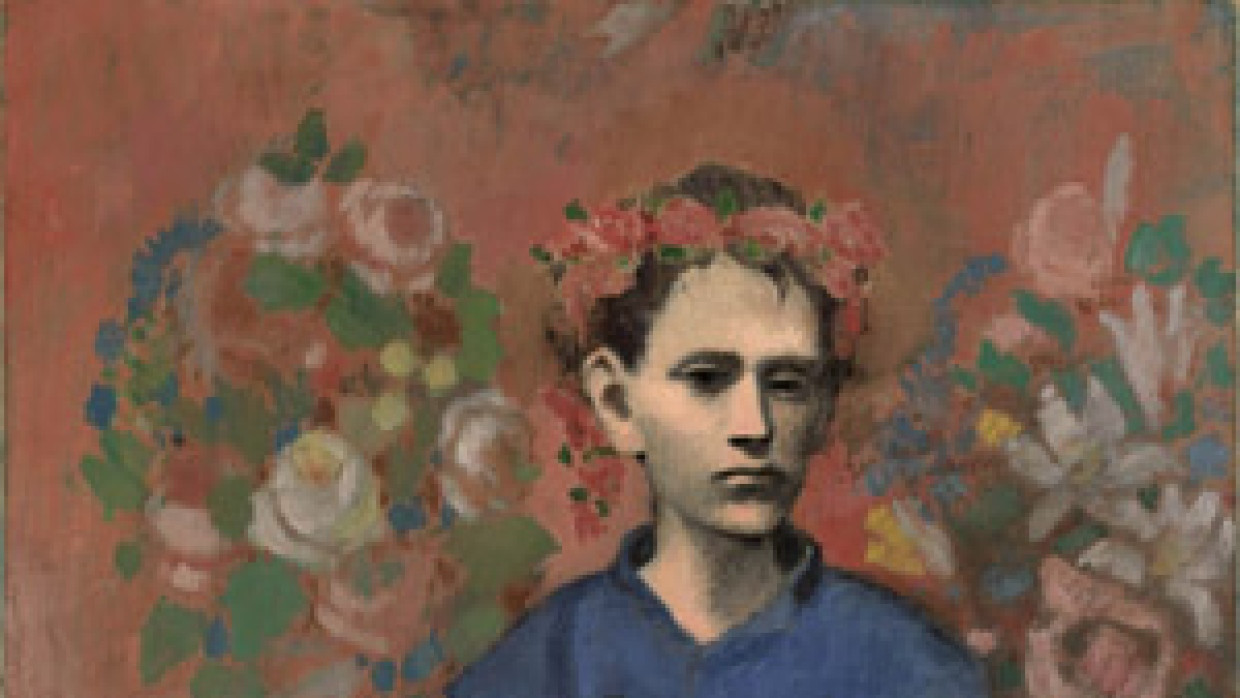
Robert Draws – Picasso’s ‘Garçon à la pipe’ holds a special place in the art world. Sold for $104 million in 2004, this painting is one of Picasso’s most significant works. Created in 1905, during his Rose Period, the painting portrays a young boy holding a pipe. It reflects the artist’s transition from his Blue Period, using brighter colors and softer tones. The sale of ‘Garçon à la pipe’ shocked the art community, setting a new record for a Picasso painting. This article will explore the story behind the piece and its incredible price tag.
‘Garçon à la pipe’ was painted during Picasso’s Rose Period. This phase marked a departure from his earlier, melancholic Blue Period. The subject of the painting is a young boy, wearing a garland of flowers and holding a pipe. Picasso’s choice of the child as a subject was significant. Children were often used in art to represent innocence and vulnerability. The painting’s bright, warm colors reflect the optimism that characterized the Rose Period. The boy’s expression and posture show a sense of calm, which contrasts with some of Picasso’s earlier works.
The use of flowers in the painting adds another layer of meaning. Flowers are often associated with beauty, youth, and life. The pipe, in contrast, could symbolize the fleeting nature of youth or the complexities of adulthood. These contrasting elements make the painting both captivating and thought-provoking.
“Read about: Acrylic Painting Techniques: How to Master This Quick-Drying Medium”
By the time Picasso painted ‘Garçon à la pipe,’ he had already established himself as an innovative and skilled artist. His early years were marked by intense experimentation. Picasso was born in 1881 in Málaga, Spain, and showed artistic talent from a young age. He moved to Paris in 1904, where his style began to evolve. Paris was a center of art and culture, and Picasso was influenced by the city’s vibrant artistic community.
During his Rose Period, Picasso was inspired by the circus, the theater, and the human condition. His works from this time are known for their more joyful and colorful themes. ‘Garçon à la pipe’ represents this shift, blending realism with abstraction. This style would later evolve into the Cubism movement, which Picasso famously pioneered.
The sale of ‘Garçon à la pipe’ in 2004 was a historic moment in the art world. At the time, it became the most expensive painting ever sold at auction. The painting was sold by Sotheby’s in New York for $104 million. The sale price far exceeded expectations, which had predicted the work would sell for around $70 million.
The record-breaking sale was a testament to Picasso’s enduring influence. His works continue to command high prices due to their historical significance and artistic innovation. ‘Garçon à la pipe’ was particularly attractive to collectors because of its rarity and beauty. As one of the few remaining paintings from Picasso’s Rose Period, it is seen as a critical piece in the artist’s development.
“Read more: Grisaille Technique: Sculpting with Shadows on Canvas”
The art market is influenced by many factors, including the artist’s reputation, the rarity of the work, and the historical significance of the piece. Picasso’s work is always in high demand because of his revolutionary contributions to art. His paintings, especially those from his Blue and Rose Periods, hold particular value. Collectors are often drawn to works from these periods because they represent key moments in Picasso’s artistic journey.
In the case of ‘Garçon à la pipe,’ the price tag can also be attributed to the painting’s condition and provenance. The painting had been in private collections for many years, adding to its allure. Its sale marked a turning point in the art world, with prices for Picasso’s works continuing to rise in the years that followed.
What makes ‘Garçon à la pipe’ so remarkable is its balance of elegance and simplicity. The composition is straightforward, but the use of color and texture elevates the piece. The boy’s gentle expression and relaxed pose create a sense of intimacy, making the viewer feel connected to the subject. Picasso’s mastery of form and his ability to capture emotion in such a simple scene are what make this painting so extraordinary.
The painting also serves as a bridge between Picasso’s earlier and later styles. It reflects the emotional depth of his Blue Period while foreshadowing the more dynamic and fragmented works of his Cubist phase. For these reasons, ‘Garçon à la pipe’ is considered a pivotal work in the history of modern art.
The sale of ‘Garçon à la pipe’ for $104 million reinforced Picasso’s place in the pantheon of great artists. It was not just a financial milestone, but also a cultural one. Picasso’s ability to break boundaries and challenge traditional artistic norms is what has made his work so valuable. Today, ‘Garçon à la pipe’ continues to be a symbol of his innovation and enduring legacy. It reminds us that art, when created with true vision, can transcend time and continue to captivate generations.